Cytoplasmic Playgrounds
In the incredibly dense yet invisible world of the cytoplasm in biological cells, complex interactions can be thought of as a playful dance between macromolecules, minerals, ions and proteins.These cytoplasmic playgrounds are reimagined using dynamic particle systems that play out and evolve differently each time, mimicking stochastic processes in nature. Complex molecular events that occur in the cytoplasm are interpreted as abstract forms and movement, staying away from traditional scientific iconography. The following prints are snapshots taken from these computational outbursts.
The video was part of the Playgrounds Design Festival 2012 opening titles where my collaborators and I set out to create otherworldly interpretations of playgrounds.
Limited edition prints are available here.

Prints
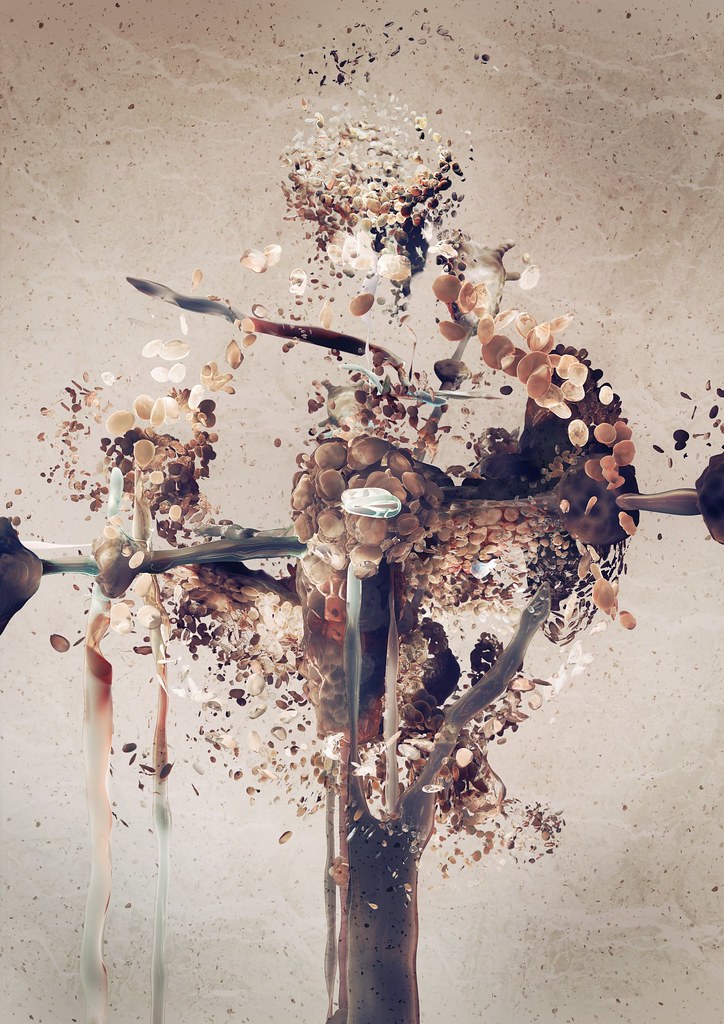

Multiprotein Complexes
Proteins can associate to form protein complexes, these often contain a set of proteins with similar functions, such as enzymes that carry out several steps in the same metabolic pathway. This organization can allow substrate channeling, which is when the product of one enzyme is passed directly to the next enzyme in a pathway without being released into solution. Channeling can make a pathway more rapid and efficient than it would be if the enzymes were randomly distributed in the cytosol, and can also prevent the release of unstable reaction intermediates. (Wikipedia) |
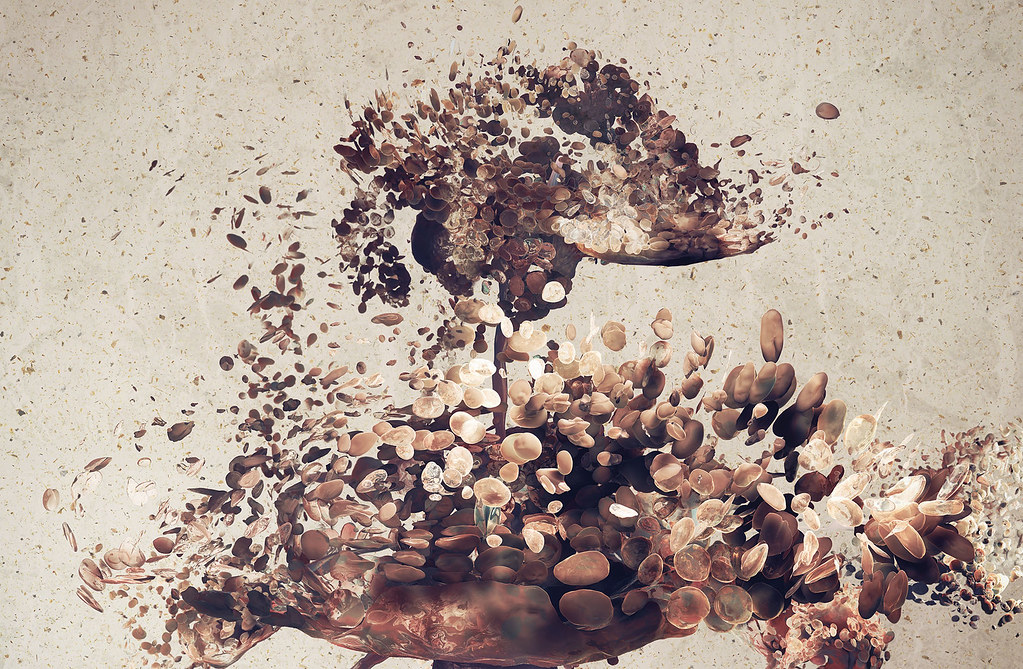
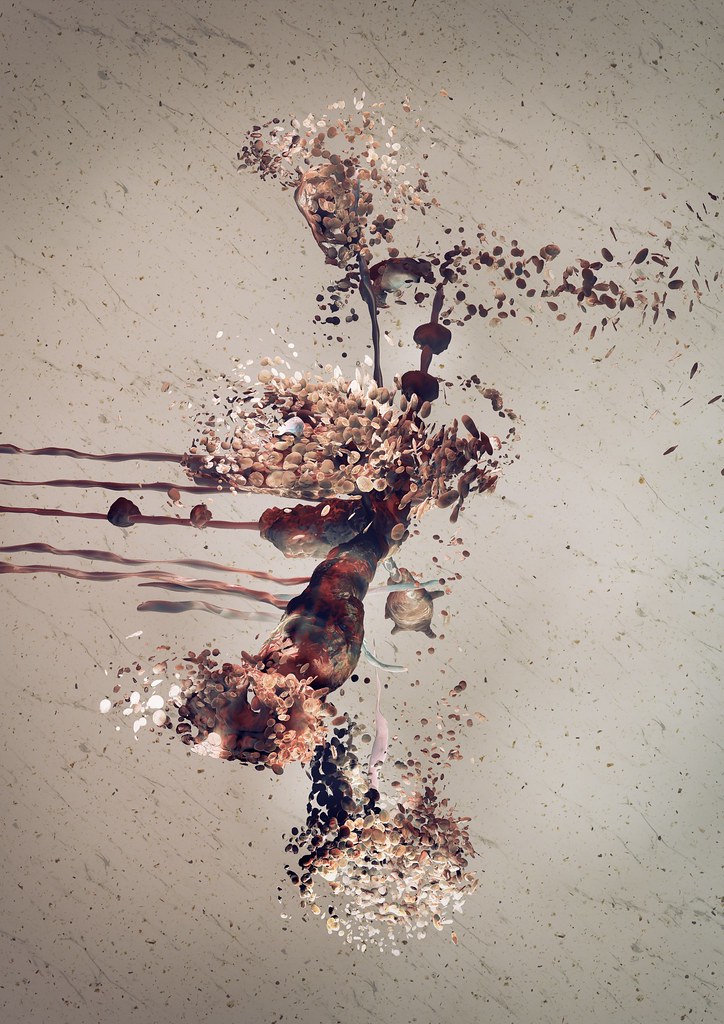
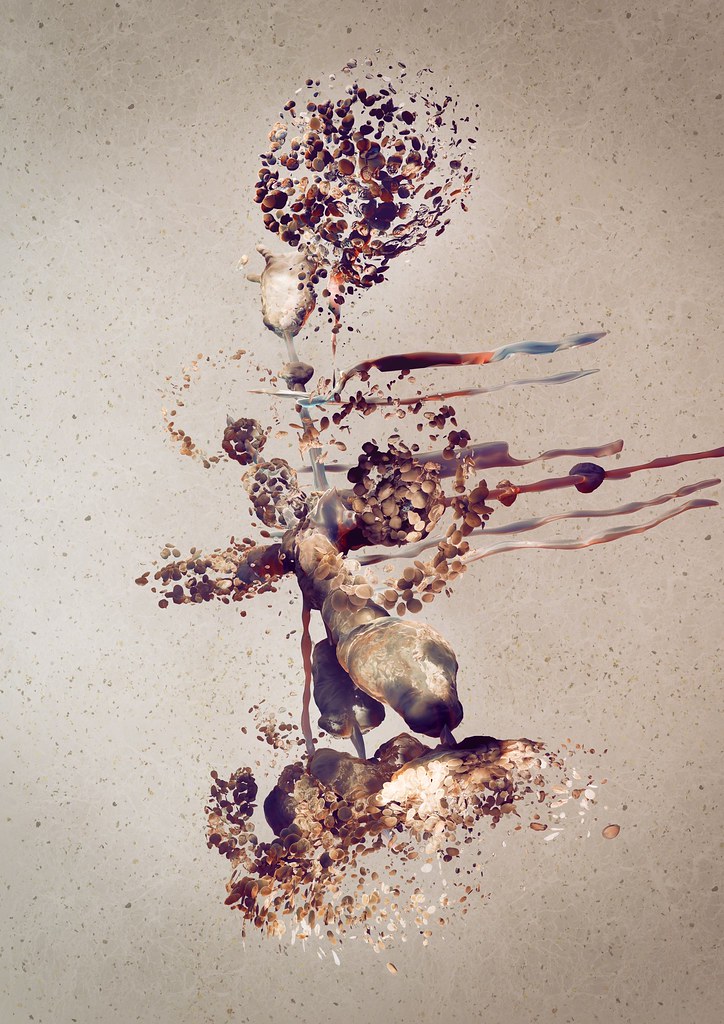
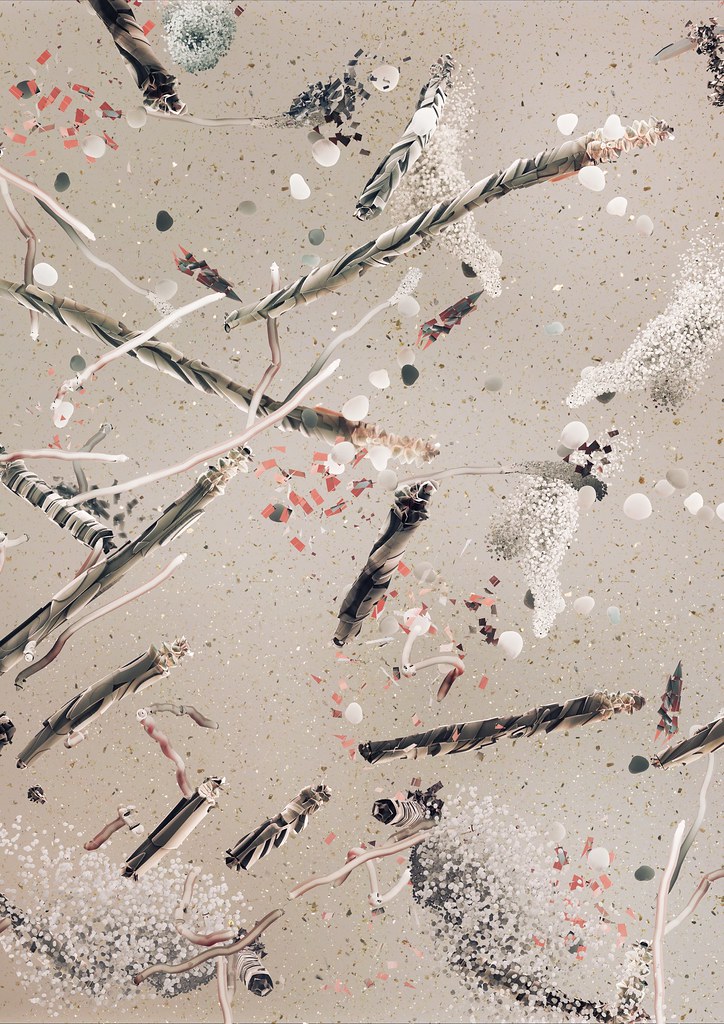

Macromolecular crowding
The phenomenon of macromolecular crowding alters the properties of molecules in a solution when high concentrations of macromolecules such as proteins are present. Crowding occurs since these high concentrations of macromolecules reduce the volume of solvent available for other molecules in the solution, which has the result of increasing their effective concentrations. (Wikipedia) |
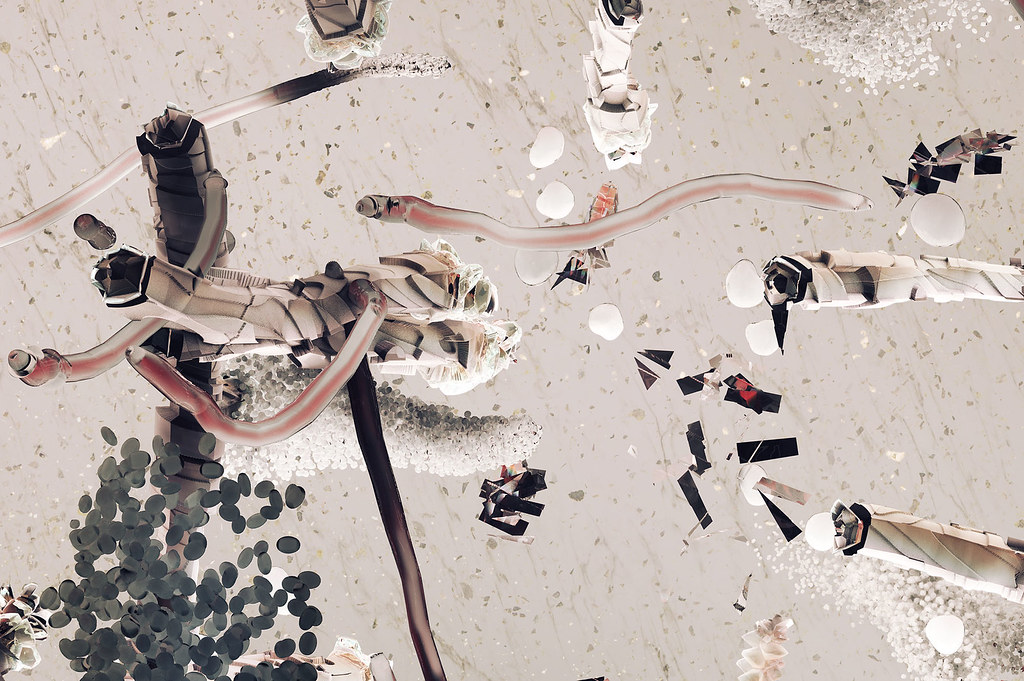

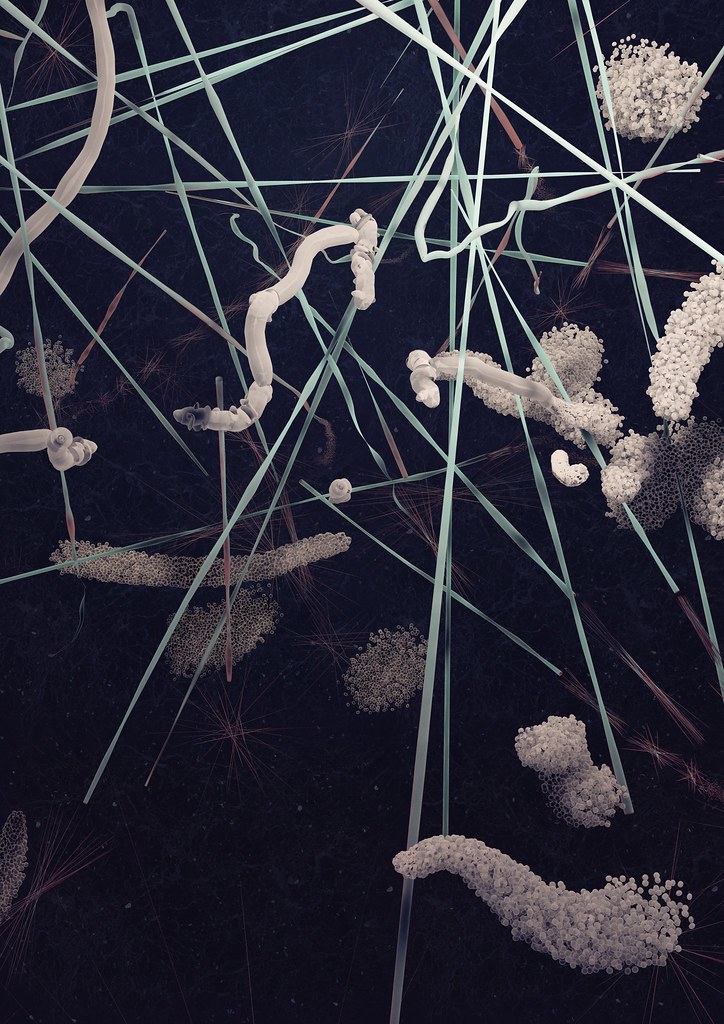
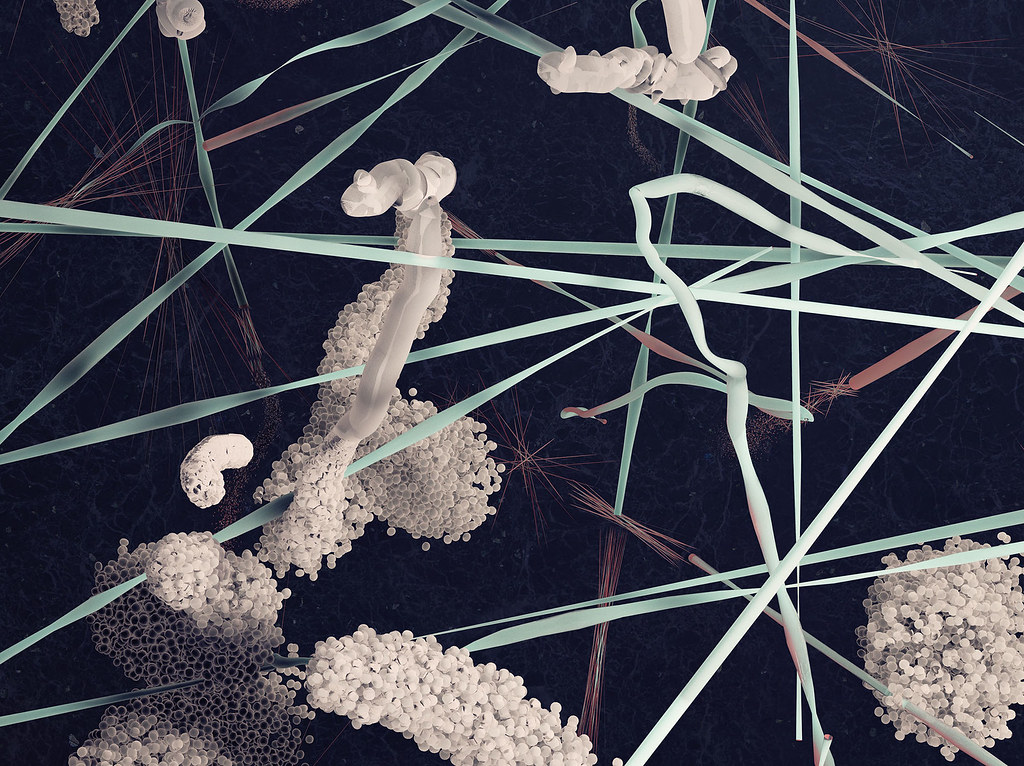
Cytoskeletal Sieving
Although the cytoskeleton is not part of the cytosol, the presence of this network of filaments restricts the diffusion of large particles in the cell. These "excluding compartments" may contain a much denser meshwork of actin fibres than the remainder of the cytosol. These microdomains could influence the distribution of large structures such as ribosomes and organelles within the cytosol by excluding them from some areas and concentrating them in others. (Wikipedia) |
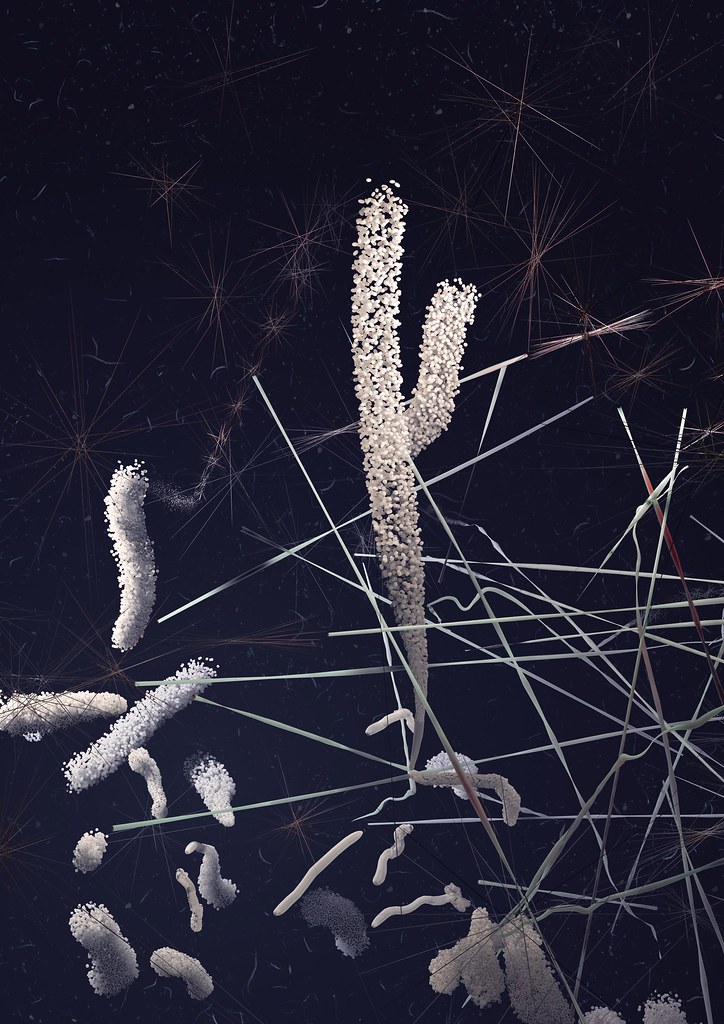
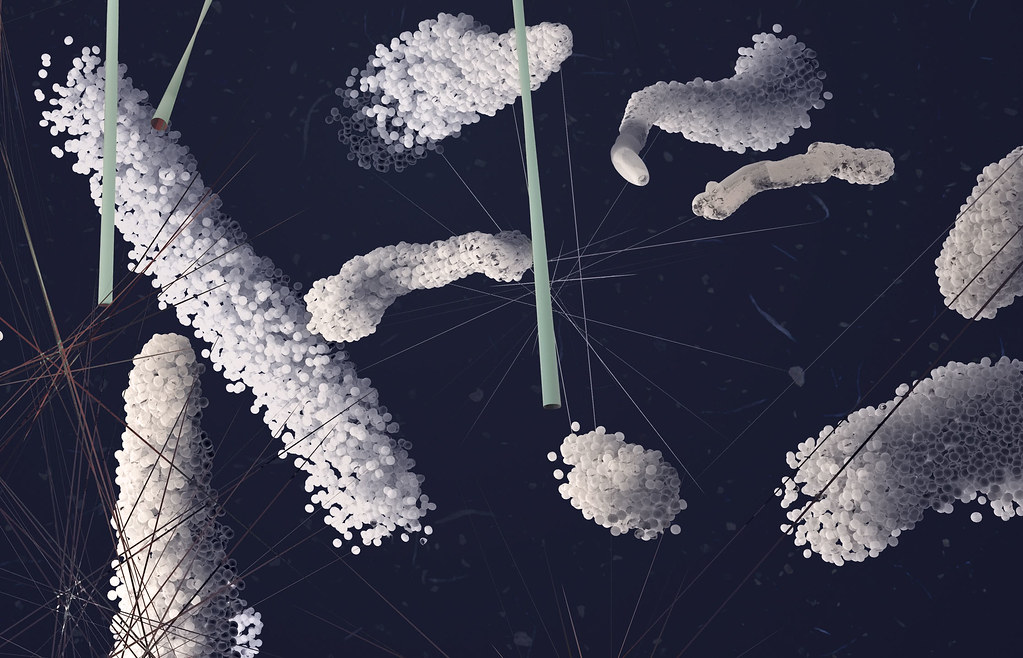
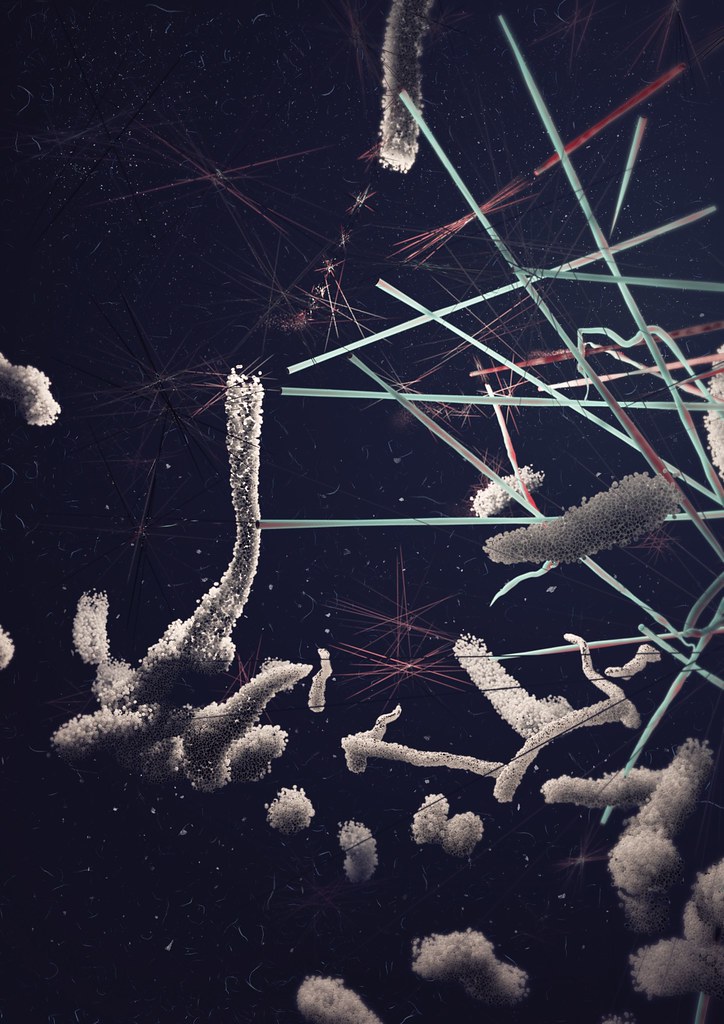
Calcium Sparks
Calcium sparks are concentration gradients in the cytosol that are produced for a short period in the region around an open calcium channel. These are about 2 micrometres in diameter and last for only a few milliseconds, although several sparks can merge to form larger gradients, called "calcium waves." (Wikipedia) |
|













